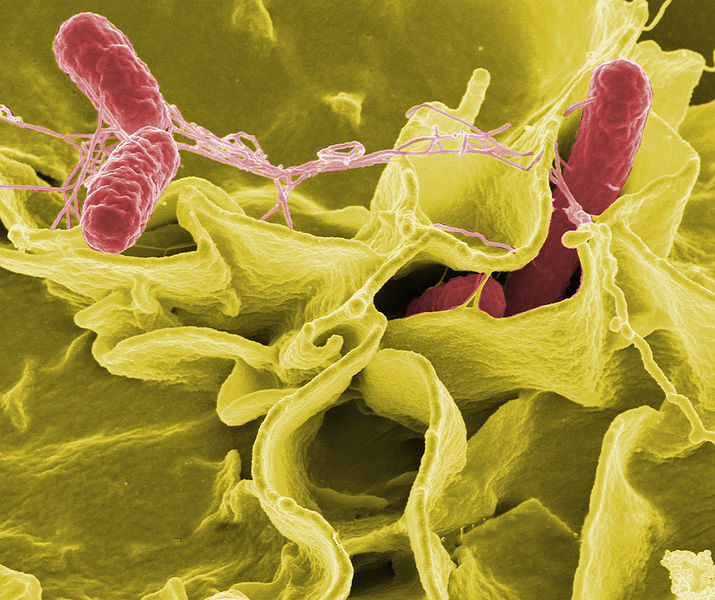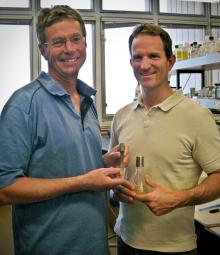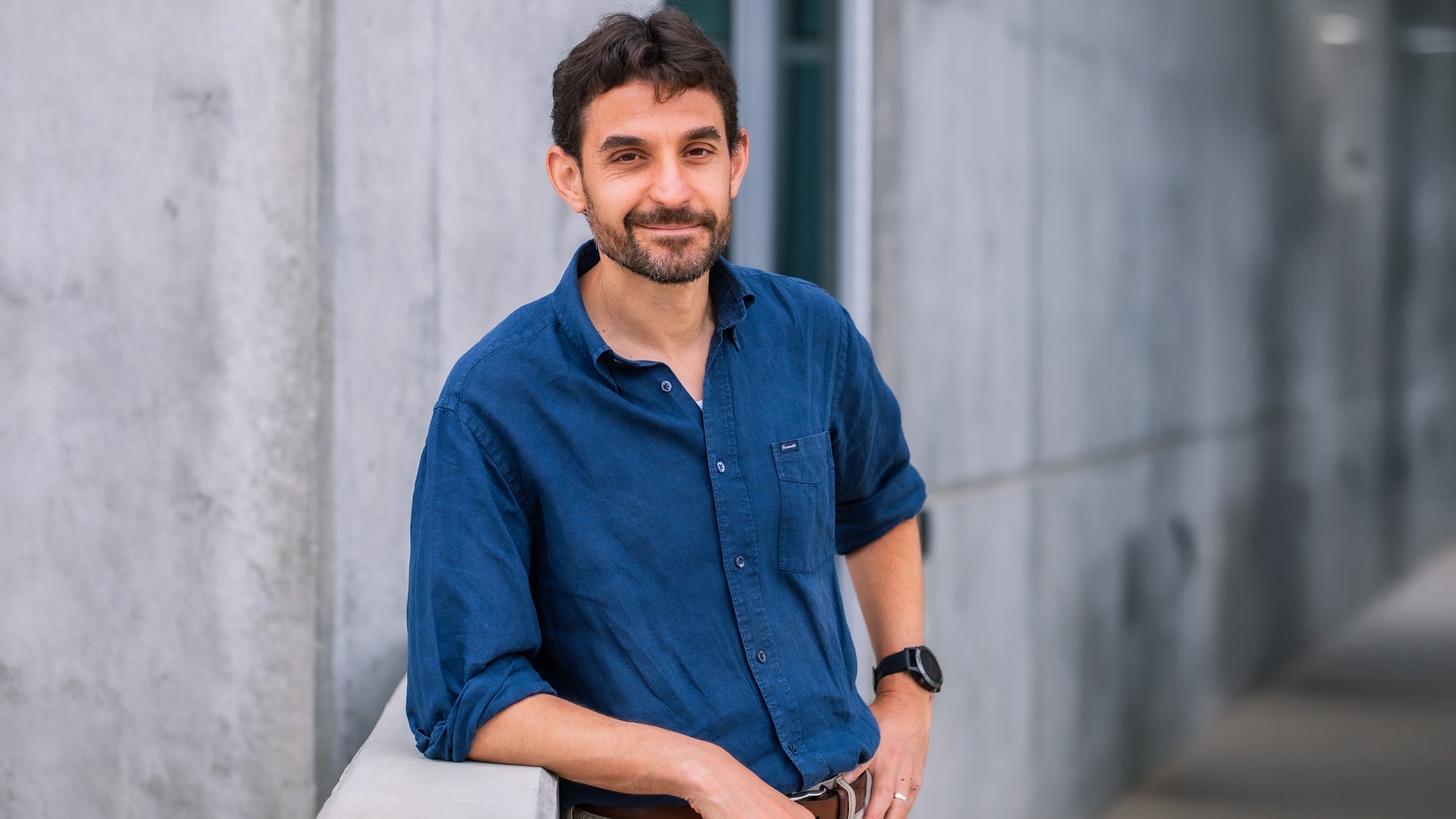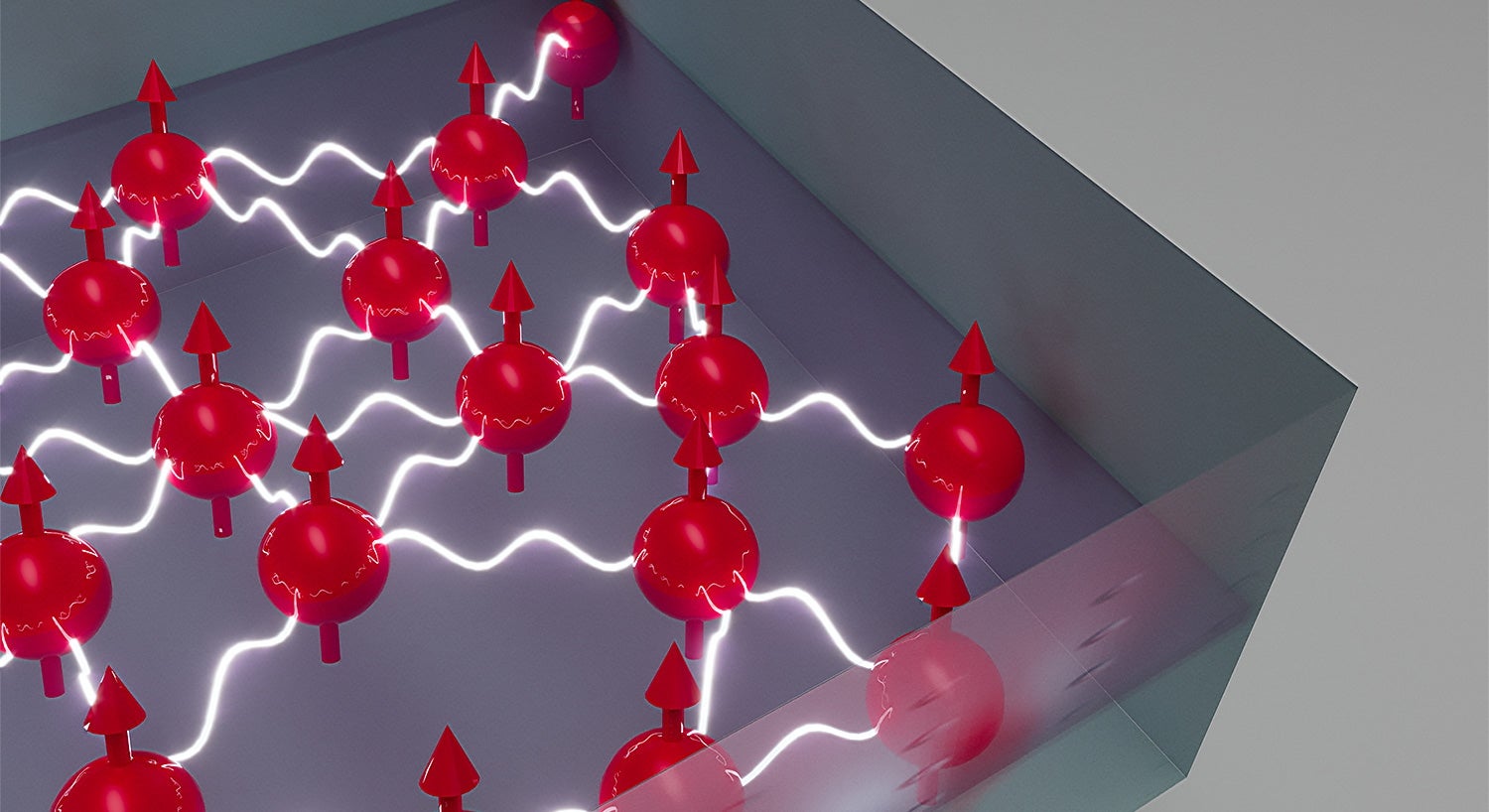

UC Santa Barbara researchers have discovered Salmonella bacteria that are up to 100 times more capable of causing disease. Their findings may help prevent food poisoning outbreaks that continue to plague public health and the food industry.
These "hypervirulent" bugs can override vaccines and pose a risk to food safety –– and mitigation efforts are currently under way.
Previous strategies to find the more dangerous bugs were unsuccessful since they behave like a "Trojan Horse"— exposing their weapons only when causing disease — but looking much like their less-virulent cousins in the environment.
Now that scientists know what to look for, they are developing methods to discriminate them from their less-virulent cousins. The researchers have been successful in forcing the bacteria to reveal their weapons in the laboratory –– the first step in combating them.
Salmonella, found virtually everywhere, is the most common cause of foodborne illness in the United States. According to the researchers, the emergence of more powerful strains could eventually overtax the current public health system, which regularly deals with outbreaks from tainted food. Currently, the system is coping with an outbreak that has sickened more than 100 people in 20 states.
Humans usually get Salmonella food poisoning from eating contaminated beef, chicken, eggs, fruits, or vegetables. The threat is exacerbated when these foods are not cooked. And Salmonella control efforts are expensive: Recent estimates place this cost at up to $14.6 billion annually in the U.S.
"Now that we have identified the problem –– and potential solutions –– we just need to get to work," said Douglas Heithoff, lead author of the paper.
The research, "Intraspecies Variation in the Emergence of Hyperinfectious Bacterial Strains in Nature," is published in this week's edition of the journal PLoS Pathogens.
This study was launched with support from The G. Harold & Leila Y. Mathers Foundation, which then leveraged additional funding from the U.S. Department of Agriculture, National Institutes of Health, U.S. Army, and Santa Barbara Cottage Hospital Research Program.
To read the paper, visit: http://dx.plos.org/10.1371/journal.ppat.1002647
† Top image: Salmonella typhimurium (red) invades cultured human cells in this color-enhanced scanning electron micrograph.
Credit: Rocky Mountain Laboratories, NIAID, NIH
†† Bottom image: Researchers Michael Mahan, left, and Douglas Heithoff have devised methods to detect and discriminate more harmful forms of Salmonella bacteria.
Credit: Sonia Fernandez
Related Links



